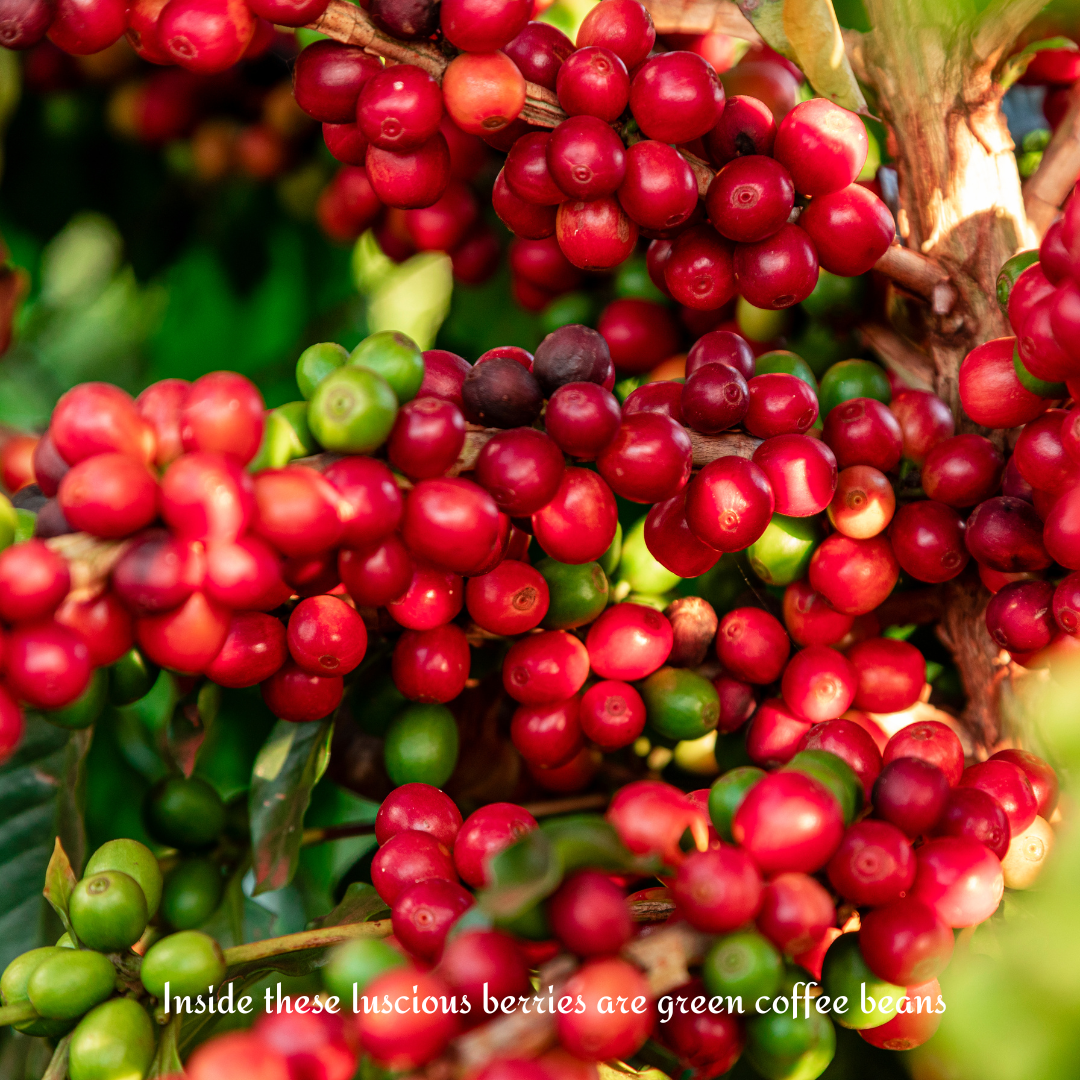
The Art and Science of Coffee Plant Cultivation
Coffee is one of the world's most beloved beverages and begins its journey on sprawling plantations nestled in tropical regions. The cultivation of coffee plants is a complex process that demands specific climate conditions, careful maintenance, and diligent pest control to yield high-quality beans. We'll look at the intricacies of coffee plant cultivation, the climate they require, growth stages, and the methods used to keep them healthy and productive.
Climate Requirements
Coffee plants thrive in specific environmental conditions that are essential for their growth and productivity. Understanding these requirements is crucial for successful coffee cultivation.
Temperature: Coffee plants prefer temperatures between 60°F and 70°F (15°C to 24°C). They are sensitive to frost, which can damage or kill the plants. Extreme heat above 85°F (30°C) can also stress the plants, reducing their yield and quality.
Sunlight: Coffee plants need a balance of sunlight and shade. While they require sunlight for photosynthesis, too much direct sunlight can scorch their leaves. Shade-grown coffee, often considered superior in quality, benefits from the protection of taller trees, which provide a natural canopy and help maintain a stable microclimate.
Soil: The ideal soil for coffee cultivation is rich, well-draining, and slightly acidic, with a pH between 6 and 6.5. Volcanic soils are particularly prized for coffee growing due to their fertility and excellent drainage properties. Good soil structure allows roots to penetrate deeply and access essential nutrients.
Moisture: Coffee plants need a consistent supply of moisture, but they do not tolerate waterlogged conditions. Annual rainfall between 40 and 100 inches (1,000 to 2,500 mm) is ideal, with a distinct dry season to facilitate flowering and cherry ripening. Irrigation can supplement natural rainfall, ensuring plants receive adequate water during dry periods.
Growth Stages
The life cycle of a coffee plant is marked by distinct stages, each with unique characteristics and requirements.
Initial Growth (0-3/4 years): During the first few years, coffee plants focus on establishing a strong root system and developing foliage. Farmers must ensure the young plants are protected from pests and diseases and provided with adequate water and nutrients.
First Harvest (3-4 years): Coffee plants begin to flower and produce cherries around the third or fourth year. This first harvest is often smaller, as the plants are still maturing. Proper care during this stage is critical to setting the foundation for future productivity.
Peak Production (5-20 years): Between the ages of 5 and 20 years, coffee plants reach their peak production. They yield the highest volume of cherries during this period. Regular pruning and fertilization help maintain their health and maximize output.
Decline and Rejuvenation (20+ years): As coffee plants age, their productivity declines. Farmers often rejuvenate older plants through methods like pruning or stumping, which involves cutting the plant back to encourage new growth. In some cases, old plants are replaced with new seedlings to sustain production levels.
Maintenance and Care
To ensure coffee plants remain healthy and productive, farmers must perform several maintenance tasks throughout the plants' lives.
Pruning: Regular pruning is essential to manage the plant's shape, remove dead or diseased branches, and promote new growth. Pruning also helps improve air circulation within the plant, reducing the risk of fungal diseases.
Fertilization: Coffee plants require a balanced supply of nutrients, including nitrogen, phosphorus, potassium, and trace elements. Organic matter, such as compost or manure, enriches the soil and enhances its structure. Fertilization schedules vary based on soil conditions and plant needs.
Irrigation: During dry periods, irrigation ensures coffee plants receive adequate water. Drip irrigation is an efficient method, delivering water directly to the plant's root zone while minimizing waste.
Shade Management: Maintaining an optimal level of shade is crucial. Shade trees need to be pruned to allow sufficient light penetration while protecting coffee plants from excessive sunlight.
Pest Control Methods
Coffee plants are susceptible to various pests and diseases, which can significantly impact their health and productivity. Growers must use effective pest control methods are essential for sustainable coffee cultivation.
Coffee Berry Borer: One of the most notorious coffee pests, the coffee berry borer (Hypothenemus hampei) burrows into coffee cherries, causing significant damage. Integrated pest management (IPM) techniques, including the use of biological controls like parasitic wasps and fungi, help manage this pest. Additionally, timely harvesting and proper sanitation practices reduce infestation levels.
Coffee Leaf Rust: This fungal disease, caused by Hemileia vastatrix, affects coffee leaves, reducing photosynthesis and weakening the plant. Resistant coffee varieties and fungicide applications are common control measures. Farmers also practice good field hygiene and remove affected leaves to prevent the spread of the disease.
Aphids and Mealybugs: These sap-sucking insects weaken coffee plants and can transmit viruses. Beneficial insects like ladybugs and lacewings are natural predators that help control aphid and mealybug populations. Insecticidal soaps and neem oil sprays are also effective treatments.
Root-Knot Nematodes: These microscopic worms attack coffee plant roots, causing galls and reducing nutrient uptake. Crop rotation, resistant rootstocks, and organic amendments like neem cake help manage nematode infestations.
Wrapping It All Up
The journey of coffee from seed to cup begins with the meticulous cultivation of coffee plants. These plants require specific climate conditions, including optimal temperature, sunlight, soil, and moisture. Understanding and managing the various growth stages—from initial planting to peak production and eventual decline—ensures a sustainable and productive coffee farm. Regular maintenance tasks, such as pruning, fertilization, and irrigation, along with effective pest control methods, are essential to keep coffee plants healthy and viable. By adhering to these practices, coffee farmers can continue to produce the high-quality beans that fuel our daily caffeine rituals. Coffee anyone?

